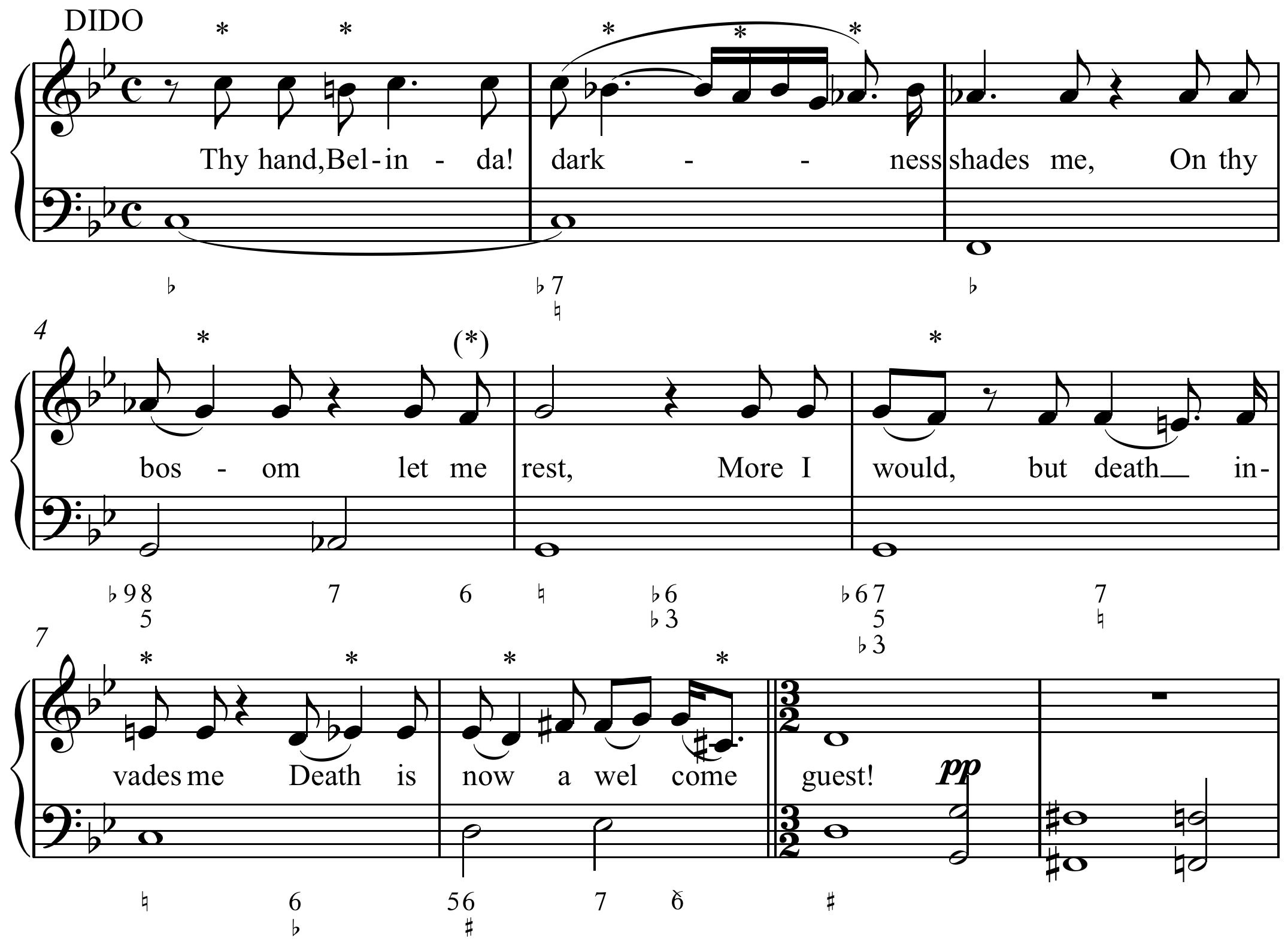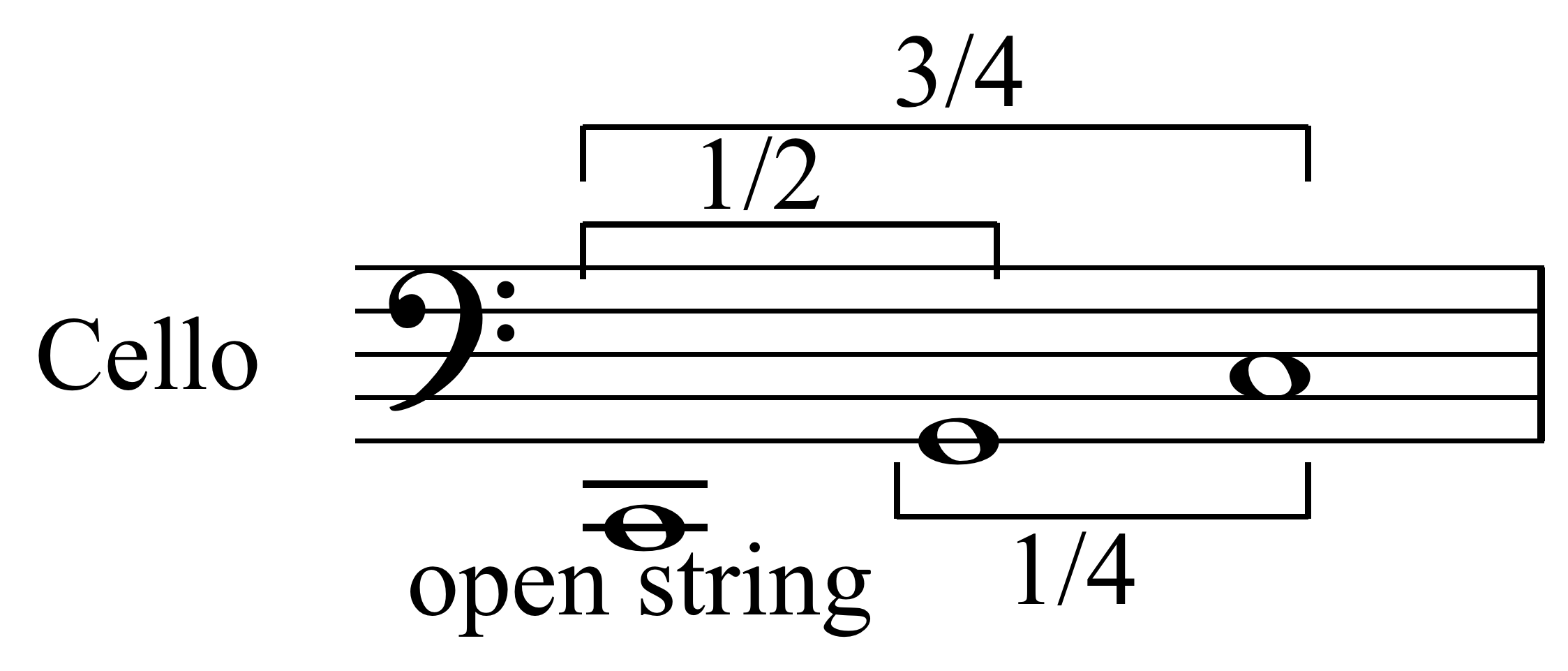|
Chinlili
The Chinlili, also known as the Chinlilo, is a chordophone from Ayacucho, Peru. It is a variant of the Charango tuned to a lower tone. The frets are laid out diatonically, and it has 6 courses of 8 metal strings much like a dulcimer The term dulcimer refers to two families of musical string instruments. Hammered dulcimers The word ''dulcimer'' originally referred to a trapezoidal zither similar to a psaltery whose many strings are struck by handheld "hammers". Variants of .... The doubled courses on the instrument are tuned to an octave. The traditional tuning, known as the "temple tuning" of the courses is E - B - G - D - B - G. The Chinlili was prevalent in Chimaycha songs which portrayed scenes about courtship, love or poverty using metaphors from nature. Historically, the performers were herders who would meet while herding and compose music together. Current indigenous music in cities focuses on social problems and partying. The music is still a forum for people to conn ... [...More Info...] [...Related Items...] OR: [Wikipedia] [Google] [Baidu] |
Peru
Peru, officially the Republic of Peru, is a country in western South America. It is bordered in the north by Ecuador and Colombia, in the east by Brazil, in the southeast by Bolivia, in the south by Chile, and in the south and west by the Pacific Ocean. Peru is a Megadiverse countries, megadiverse country, with habitats ranging from the arid plains of the Pacific coastal region in the west, to the peaks of the Andes mountains extending from the north to the southeast of the country, to the tropical Amazon basin rainforest in the east with the Amazon River. Peru has Demographics of Peru, a population of over 32 million, and its capital and largest city is Lima. At , Peru is the List of countries and dependencies by area, 19th largest country in the world, and the List of South American countries by area, third largest in South America. Pre-Columbian Peru, Peruvian territory was home to Andean civilizations, several cultures during the ancient and medieval periods, and has one o ... [...More Info...] [...Related Items...] OR: [Wikipedia] [Google] [Baidu] |
String Instrument
In musical instrument classification, string instruments, or chordophones, are musical instruments that produce sound from vibrating strings when a performer strums, plucks, strikes or sounds the strings in varying manners. Musicians play some string instruments, like Guitar, guitars, by plucking the String (music), strings with their fingers or a plectrum, plectrum (pick), and others by hitting the strings with a light wooden hammer or by rubbing the strings with a bow (music), bow, like Violin, violins. In some keyboard (music), keyboard instruments, such as the harpsichord, the musician presses a key that plucks the string. Other musical instruments generate sound by striking the string. With bowed instruments, the player pulls a rosined horsehair bow across the strings, causing them to vibrate. With a hurdy-gurdy, the musician cranks a wheel whose rosined edge touches the strings. Bowed instruments include the string section instruments of the orchestra in Western classic ... [...More Info...] [...Related Items...] OR: [Wikipedia] [Google] [Baidu] |
Khonkhota
The khonkhota or ponputu is a stringed instrument from San Pedro de Buenavista, Potosí, Bolivia. It is now played in much of the surrounding region also. It has flowers decorating the soundboard, which symbolise fertility. The name roughly translates as harmonics In physics, acoustics, and telecommunications, a harmonic is a sinusoidal wave with a frequency that is a positive integer multiple of the ''fundamental frequency'' of a periodic signal. The fundamental frequency is also called the ''1st harm ..., and it often only has five frets, which alternate between black and white wood. It is usually very rustically made. It has eight strings in five courses and is tuned G4 G3, C4, D4 D3, A3, D4 D4. The strings are made of steel, or a mix of nylon and steel. References {{Reflist External links PacowebCharango.ch Charangos ... [...More Info...] [...Related Items...] OR: [Wikipedia] [Google] [Baidu] |
Charango
The charango is a small Andes, Andean stringed instrument of the lute family, from the Quechua people, Quechua and Aymara people, Aymara populations in the territory of the Altiplano in post-Colonial times, after European stringed instruments were introduced by the Spanish during colonization. The instrument is widespread throughout the Andean regions of Bolivia, Peru, Ecuador, northern Chile and northwestern Argentina, where it is a popular musical instrument that exists in many variant forms. About long, the charango was traditionally made with the shell from the back of an armadillo (called ''quirquincho'' or ''mulita'' in South American Spanish), but it can also be made of wood, which some believe to be a better resonator. Wood is more commonly used in modern instruments. Charangos for children may also be made from Lagenaria siceraria, calabash. Many contemporary charangos are now made with different types of wood. It typically has ten strings in five course (music), cours ... [...More Info...] [...Related Items...] OR: [Wikipedia] [Google] [Baidu] |
Ayacucho
Ayacucho (, , derived from the words ''aya'' ("death" or "soul") and ''k'uchu'' ("corner") in honour of the battle of Ayacucho), founded in 1540 as San Juan de la Frontera de Huamanga and known simply as Huamanga (Quechua: Wamanga) until 1825, is the capital city of Ayacucho Region and of Huamanga Province, Ayacucho Region, Peru. Its original name, which continues to be the alternative name of the city, dates back to the Incan and Viceregal periods of its history, until its official change by Simón Bolívar in 1825 through a decree to commemorate the battle of Ayacucho during the Peruvian War of Independence. Bolívar issued the decree on February 15, 1825, changing the name from "Huamanga" to "Ayacucho", after the battle that decisively established the total independence of the nascent Peruvian Republic. Ayacucho is famous for its 33 churches, which represent one for each year of Jesus' life. Ayacucho has large religious celebrations, especially during the Holy Week of Easte ... [...More Info...] [...Related Items...] OR: [Wikipedia] [Google] [Baidu] |
Diatonic And Chromatic
Diatonic and chromatic are terms in music theory that are used to characterize Scale (music), scales. The terms are also applied to musical instruments, Interval (music), intervals, Chord (music), chords, Musical note, notes, musical styles, and kinds of harmony. They are very often used as a pair, especially when applied to contrasting features of the Common practice period, common practice music of the period 1600–1900. These terms may mean different things in different contexts. Very often, ''diatonic'' refers to musical elements derived from the modes and transpositions of the "white note scale" C–D–E–F–G–A–B. In some usages it includes all forms of heptatonic scale that are in common use in Western music (the major, and all forms of the minor). ''Chromatic'' most often refers to structures derived from the chromatic scale in 12-tone equal temperament, which consists of all semitones. Historically, however, it had other senses, referring in Ancient Greek mus ... [...More Info...] [...Related Items...] OR: [Wikipedia] [Google] [Baidu] |
Course (music)
In organology, a course is either one string or two or more adjacent strings that are closely spaced relative to the other strings, and typically played as a single string. The strings in each multiple-string course are typically tuned in unison or an octave. Normally, the term ''course'' is used to refer to a single string only on an instrument that also has multi-string courses. For example, a nine-string baroque guitar has five courses: most are two-string courses but sometimes the lowest or the highest consists of a single string. An instrument with at least one multiple-string course is referred to as ''coursed'', while one whose strings are all played individually is ''uncoursed''. Rationale and types Multiple string courses were probably originally employed to increase the volume of instruments, in eras in which electrical amplification did not exist, and stringed instruments might be expected to accompany louder instruments (such as woodwinds or brass). Eventu ... [...More Info...] [...Related Items...] OR: [Wikipedia] [Google] [Baidu] |
Dulcimer
The term dulcimer refers to two families of musical string instruments. Hammered dulcimers The word ''dulcimer'' originally referred to a trapezoidal zither similar to a psaltery whose many strings are struck by handheld "hammers". Variants of this instrument are found in many cultures, including: * Hammered dulcimer (England, Scotland, United States) * Hackbrett (southern Germany, Austria, Switzerland) * Tsymbaly (Ukraine), tsimbl (Ashkenazi Jewish), țambal (Romania) and cimbalom (Hungary) may refer to either a relatively small folk instrument or a larger classical instrument. The santouri (Greece) (called "santur" in the Ottoman Empire) is almost identical to the Jewish and Romanian folk instruments. * Santur (Iran and Iraq) * Santoor (northern India and Pakistan) is constructed and tuned differently from the santur of Iran and Iraq * Khim (Cambodia, Laos, Thailand) * Yangqin (China), Đàn tam thập lục (Vietnam), yanggeum (Korea) Appalachian dulcimer and deriv ... [...More Info...] [...Related Items...] OR: [Wikipedia] [Google] [Baidu] |
Chuschi 2008 520
Chuschi is a town in the Chuschi District of the Cangallo Province of the Ayacucho Region of Peru. On May 17, 1980, Shining Path guerrillas began their war against the Peruvian state by burning ballot boxes in Chuschi. On March 14, 1991, government forces perpetrated the Chuschi massacre in the town. External links *APRODEH Asociación Pro Derechos Humanos (APRODEH; ) is a Peruvian human rights organization. It was established in 1983 by a group of professionals who had been providing information to Peruvian congressmen involved with the Congressional Human Rights Com .... . Internal conflict in Peru Populated places in the Department of Ayacucho {{Ayacucho-geo-stub ... [...More Info...] [...Related Items...] OR: [Wikipedia] [Google] [Baidu] |
String Instruments
In musical instrument classification, string instruments, or chordophones, are musical instruments that produce sound from vibrating strings when a performer strums, plucks, strikes or sounds the strings in varying manners. Musicians play some string instruments, like Guitar, guitars, by plucking the String (music), strings with their fingers or a plectrum, plectrum (pick), and others by hitting the strings with a light wooden hammer or by rubbing the strings with a bow (music), bow, like Violin, violins. In some keyboard (music), keyboard instruments, such as the harpsichord, the musician presses a key that plucks the string. Other musical instruments generate sound by striking the string. With bowed instruments, the player pulls a rosined horsehair bow across the strings, causing them to vibrate. With a hurdy-gurdy, the musician cranks a wheel whose rosined edge touches the strings. Bowed instruments include the string section instruments of the orchestra in Western classic ... [...More Info...] [...Related Items...] OR: [Wikipedia] [Google] [Baidu] |




